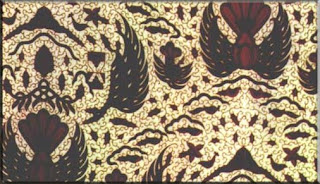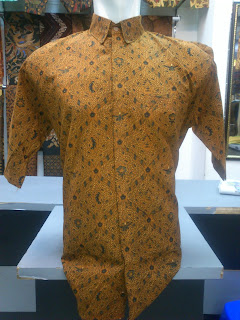Motif Semen Romo

loading... History and Philosophy Motif Semen Romo Motif Semen interpreted as a depiction of the life of the spring (life developed or prosperous). The word "Semen" is derived from the spring means a part of the growth of the plant. Thus the motive Semen Romo always there ornament depicting plants or plants. There is also linking that this motif has to do with the story of Ramayana. There are several basic types of ornaments on the motives of semen. The first is related to mainland ornaments, such as herbs or quadruped. The second is related to the air ornament, such as eagle, birds and megamendung. While the third is the trappings associated with the sea or water, such as snakes, fish and frogs. The ornament type most likely has to do with understanding the Three Realms or Tribawana. This ideology is the doctrine of the three worlds: the world center of the human life, the world over the place of the gods and saints, as well as the underwater world w...


